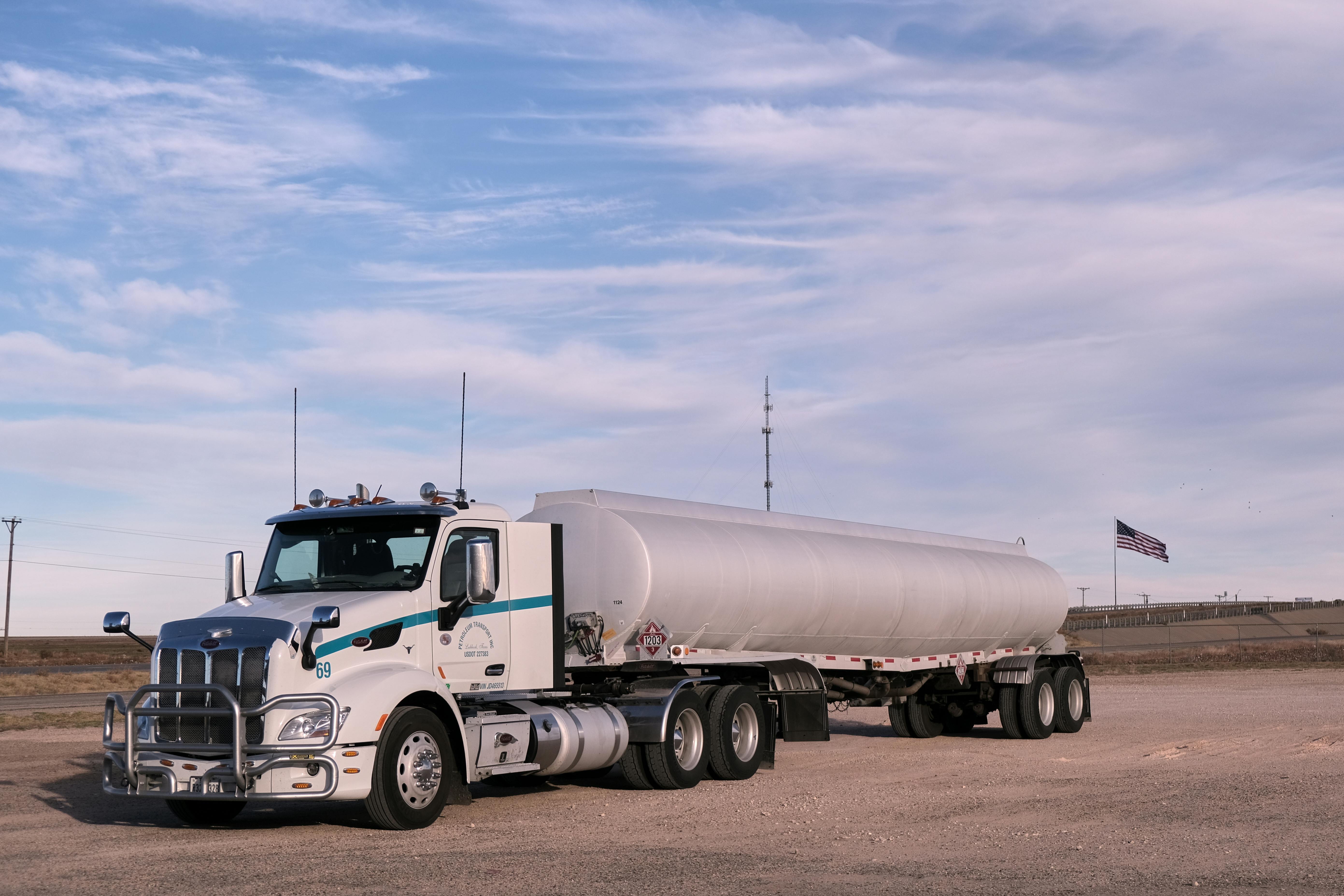
The trucking business is the foundation of global commerce. Trucks move nearly three-quarters of all freight in the United States alone, delivering everything from raw materials to finished goods. For small business owners in trucking, the industry offers opportunity but also volatility. Rising fuel prices, regulations, and shifting supply chains mean success depends on adaptability and access to the right funding.
This guide explores how the trucking business is evolving, the biggest challenges and opportunities ahead, and how flexible funding keeps companies competitive.

Global Outlook for the Trucking Industry
The global trucking industry is projected to grow steadily due to demand from e-commerce, manufacturing, and global trade. Analysts estimate the U.S. trucking market alone will surpass $1 trillion in revenue within the decade.
-Expansion is being driven by online shopping and last-mile delivery.
-Urbanization is increasing demand for local distribution networks.
-Global supply chain shifts are changing how freight routes are managed.
For small fleet owners and independent operators, this growth translates into new contracts and lanes. But capturing opportunities requires funding for fleet expansion, driver recruitment, and technology upgrades.
Key Challenges in the Trucking Business
While growth potential is strong, the trucking business faces persistent challenges.
-Rising fuel costs for trucking companies cut into already thin margins.
-Driver shortages create bottlenecks for scaling.
-Insurance premiums and compliance costs continue to rise.
-Cash flow gaps occur when shippers delay invoice payments.
These hurdles make it difficult for owner-operators to expand or even maintain operations without outside funding. A merchant cash advance can provide fast working capital that adjusts to revenue flow, offering stability during volatile months.

Opportunities for Modern Trucking Companies
Even with challenges, the trucking industry growth outlook is strong.
-E-commerce is expanding the need for last-mile delivery.
-Refrigerated transport is in high demand due to food and pharmaceutical logistics.
-Sustainable trucking, including electric vehicles, is gaining traction.
-Digital freight platforms are giving smaller carriers more visibility.
Trucking entrepreneurs who align with these opportunities can grow significantly, provided they secure funding. Revenue-based financing is one option that allows repayment to scale with demand.
Funding the Trucking Business
Traditional trucking business loans can be slow and inflexible. Modern funding options give owners the agility to adapt.
-A line of credit gives trucking companies revolving access to cash for fuel, repairs, or payroll.
-Funding using an EIN allows owners to separate personal credit from their company’s financial performance.
-Quick applications through Uplyft Capital make approvals and funding faster than traditional banks.
Case Example: Financing Fleet Expansion
Consider a small fleet owner with five trucks looking to expand to ten. Rising contracts in e-commerce make expansion possible, but upfront costs for vehicles, insurance, and drivers create a six-figure funding need.
With flexible funding from Uplyft, the owner uses a mix of a merchant cash advance and line of credit to cover costs, aligning repayment with growing freight revenue. Within a year, their trucking business doubles in size.
Conclusion
The trucking business is full of potential, but challenges around costs, cash flow, and competition mean owners must prepare strategically. With tools like a merchant cash advance, line of credit, or fast approvals from Uplyft Capital, companies can navigate uncertainty and grow with confidence.





